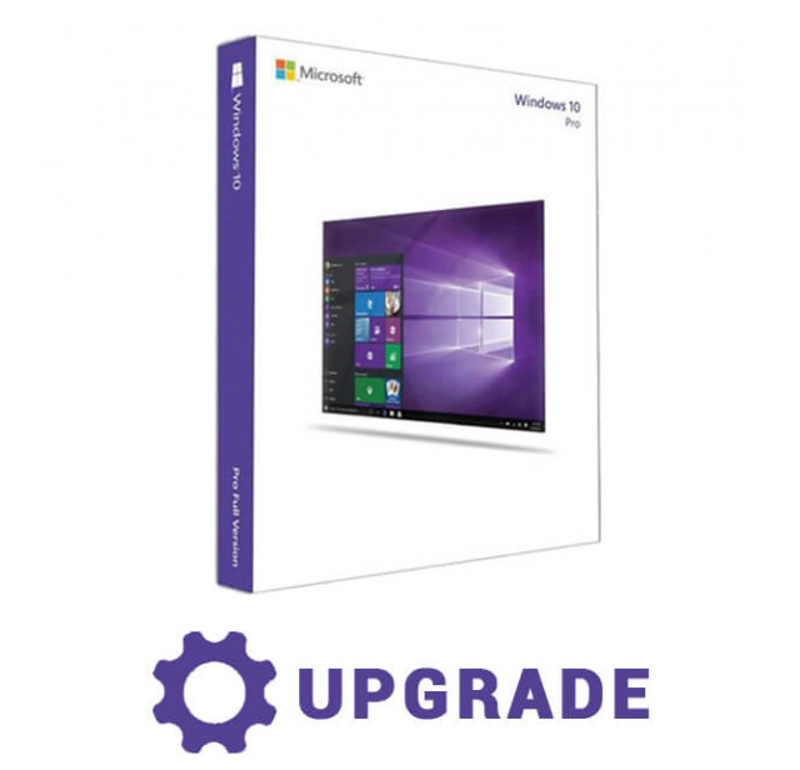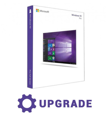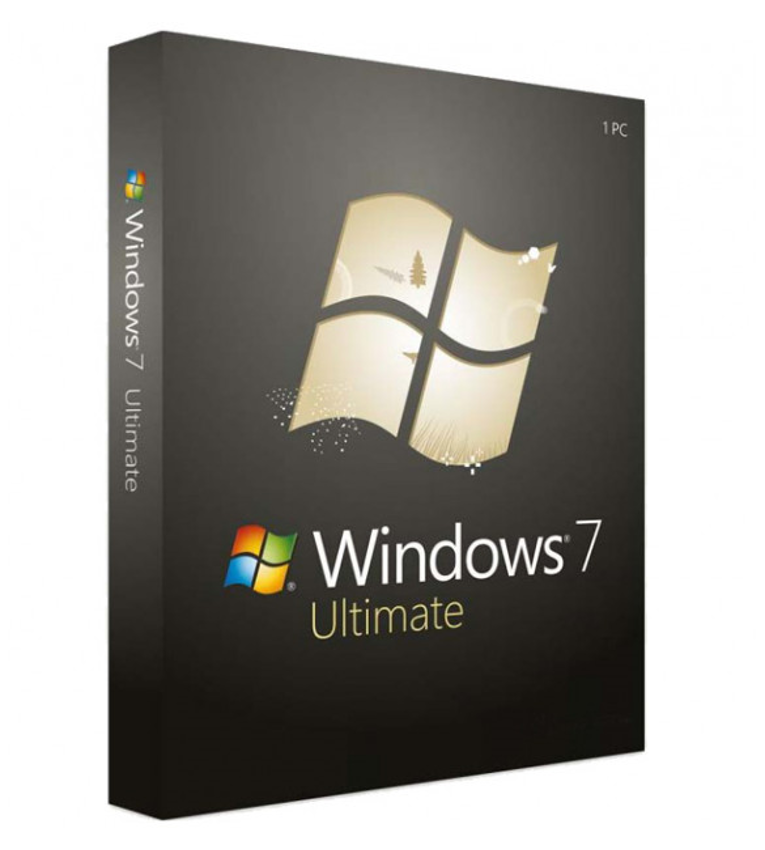Buy Windows 10 Pro Upgrade | Microsoft Product Key
Upgrading to Windows 10 Pro: Unlocking Advanced Features for Enhanced Productivity and Security
Introduction
Windows 10 Pro, the professional edition of Microsoft's widely used operating system, offers a host of advanced features and enhanced capabilities tailored to meet the demands of business users and professionals. Upgrading to Windows 10 Pro provides users with access to powerful tools for productivity, improved security measures, and a range of business-centric functionalities. In this 1500-word article, we will explore the benefits of upgrading to Windows 10 Pro, the system requirements, the upgrade process, key features, and why it remains a preferred choice for businesses and individuals seeking a robust computing platform.
- The Advantages of Upgrading to Windows 10 Pro
Windows 10 Pro introduces a range of benefits for professionals and businesses, empowering them with enhanced productivity and security features. Some of the key advantages include:
a. Advanced Security: Windows 10 Pro includes additional security measures such as BitLocker encryption, which safeguards sensitive data by encrypting the entire system drive. Windows Defender Antivirus provides real-time protection against viruses, malware, and other threats, ensuring a secure computing environment.
b. Business-Centric Features: Windows 10 Pro incorporates features like Group Policy Management, enabling centralized device configuration and management within an organization. Remote Desktop allows users to access their workstations remotely, promoting seamless collaboration and productivity.
c. Windows Update for Business: With Windows Update for Business, IT administrators gain more control over the update process, ensuring that devices receive critical security patches and updates on a schedule that aligns with their business requirements.
d. Hyper-V Virtualization: Windows 10 Pro includes Hyper-V, a robust virtualization platform that allows users to run multiple operating systems on a single device, facilitating testing and development scenarios.
e. Assigned Access: The Assigned Access feature permits the locking of user accounts into a single application, ideal for kiosk setups or scenarios where limited functionality is desired.
f. Microsoft Store for Business: Windows 10 Pro includes the Microsoft Store for Business, enabling organizations to easily distribute, manage, and deploy applications to their devices.
- System Requirements for Upgrading to Windows 10 Pro
Before initiating the upgrade process, it is essential to ensure that your device meets the minimum system requirements for Windows 10 Pro:
a. Processor: A compatible 64-bit processor with a clock speed of 1 GHz or faster is required.
b. RAM: Windows 10 Pro requires a minimum of 2 GB of RAM for 64-bit systems.
c. Storage: At least 20 GB of free space on the system drive is necessary for the upgrade.
d. Graphics Card: Windows 10 Pro necessitates a DirectX 9 graphics card with WDDM 1.0 driver support.
e. Display: A display with a minimum resolution of 800x600 pixels is required.
- Preparing for the Upgrade
Before proceeding with the upgrade, it is crucial to take a few preparatory steps to ensure a smooth and successful transition to Windows 10 Pro:
a. Backup Your Data: Create backups of your important files and data to avoid data loss during the upgrade process.
b. Check for Compatibility: Use the Microsoft Upgrade Advisor or the Get Windows 10 app to determine whether your device is eligible for the upgrade and meets the system requirements.
c. Update Your Current Windows Version: Make sure your current Windows installation is up-to-date with the latest updates and patches before attempting the upgrade.
d. Check Application Compatibility: Verify that your essential applications are compatible with Windows 10 Pro. Visit the developers' websites or use the Windows Compatibility Center to check compatibility status.
e. Free Up Disk Space: Ensure you have enough free disk space on your system drive to accommodate the upgrade.
- The Upgrade Process
Once you have confirmed that your device is compatible and prepared for the upgrade, you can follow these steps to transition to Windows 10 Pro:
a. Windows Update: The simplest way to upgrade is through Windows Update. If your device is eligible for the upgrade, you will receive a notification prompting you to initiate the process.
b. Media Creation Tool: If the upgrade notification doesn't appear, you can use the Media Creation Tool provided by Microsoft to create installation media (USB or DVD) and upgrade manually.
c. Fresh Install: For a clean installation, where you want to start with a fresh system, you can create installation media using the Media Creation Tool, boot from it, and follow the on-screen instructions to install Windows 10 Pro.
- Post-Upgrade Recommendations
After successfully upgrading to Windows 10 Pro, consider the following recommendations to maximize your experience:
a. Explore New Features: Take some time to familiarize yourself with the advanced features introduced in Windows 10 Pro, such as BitLocker encryption, Hyper-V, and Group Policy Management.
b. Customize Settings: Tailor the system settings to your preferences, including personalization options, privacy settings, and notification preferences.
c. Update Drivers and Applications: Ensure that all your hardware drivers and applications are up-to-date to avoid compatibility issues and optimize performance.
d. Implement Security Measures: Take advantage of Windows 10 Pro's security features, such as BitLocker encryption, Windows Defender Antivirus, and Windows Update for Business, to enhance data protection and device security.
e. Utilize Business-Centric Features: If you are using Windows 10 Pro in a business environment, explore and utilize features like Group Policy Management, Assigned Access, and Microsoft Store for Business to streamline device management and application deployment.
- Troubleshooting Tips
In some cases, users might encounter issues during or after the upgrade process. Here are some troubleshooting tips to address common problems:
a. Rollback Option: Windows 10 Pro allows you to roll back to your previous Windows version within ten days of the upgrade. If you encounter significant issues, use this option to revert to your previous setup.
b. Check for Driver Updates: Ensure that all your hardware drivers are up-to-date. Check the device manufacturer's website or use Windows Update to find and install the latest drivers.
c. Check Application Compatibility: If specific applications are not working correctly after the upgrade, check for updates from the developers or consider contacting their support teams for assistance.
d. Seek Support: If you encounter persistent problems, reach out to Microsoft Support or visit their community forums for assistance from other users and experts.
Conclusion
Upgrading to Windows 10 Pro unlocks a wealth of advanced features and enhancements that cater to the needs of professionals and businesses. With its robust security measures, business-centric capabilities, virtualization support, and simplified device management, Windows 10 Pro stands as a powerful and versatile operating system. By following the necessary preparatory steps and using the available upgrade options, users can seamlessly transition to Windows 10 Pro and take advantage of its capabilities to enhance productivity, security, and overall computing experience.












